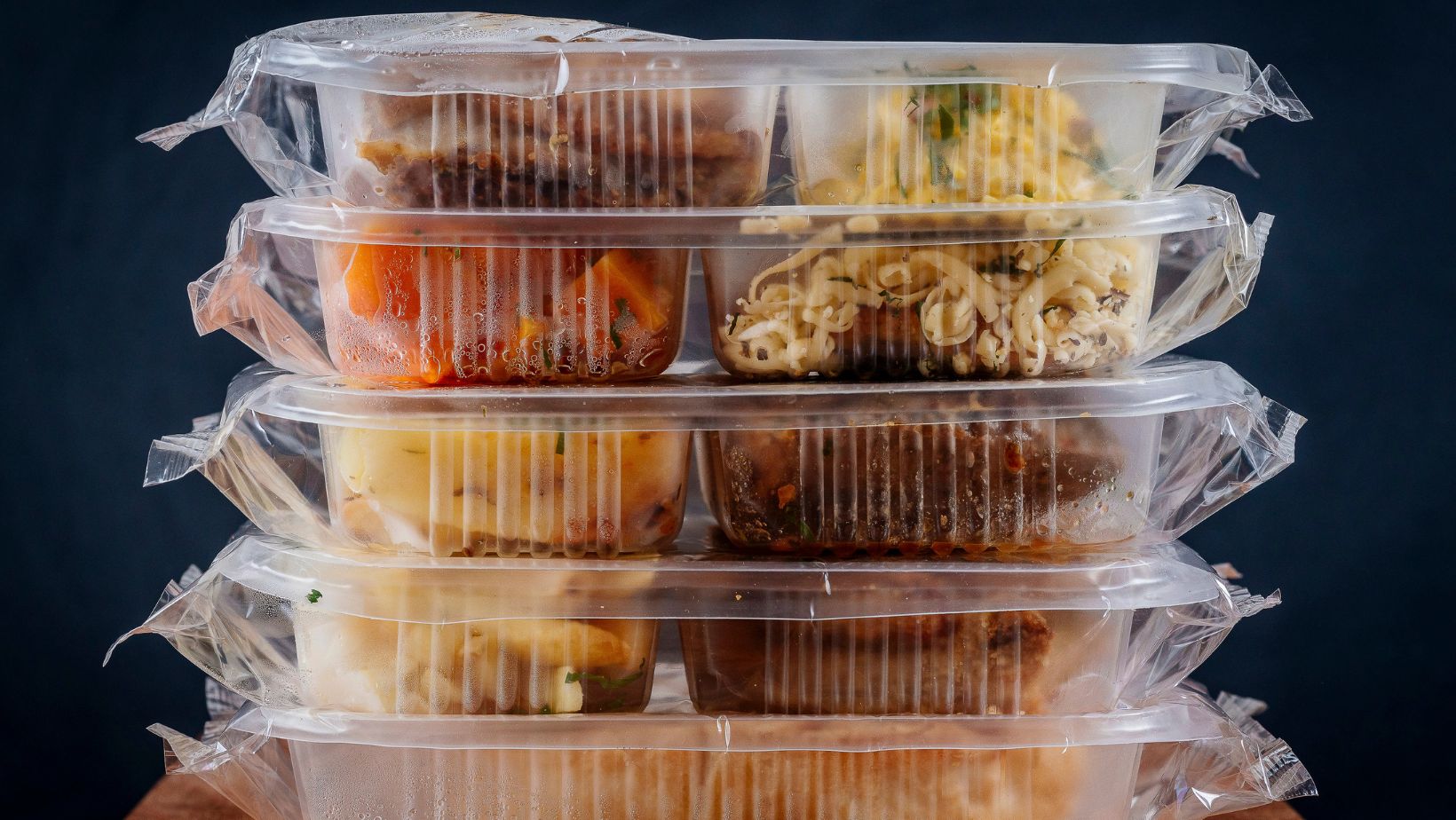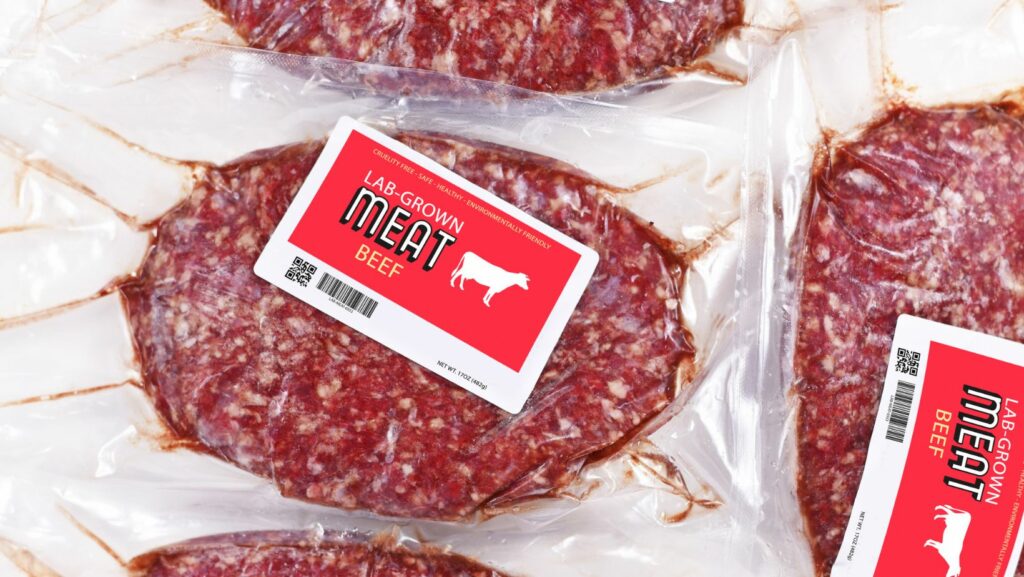Table of Contents
ToggleCan you Refreeze Vacuum Sealed Meat
Can you refreeze vacuum-sealed meat? Is it safe to refreeze? These are common questions that arise when dealing with frozen food storage. Let’s delve into the topic and provide some insights.
When it comes to refreezing vacuum-sealed meat, the answer is not a simple yes or no. It depends on various factors such as the condition of the meat, how it was thawed, and how long it has been at room temperature.
If the vacuum-sealed meat has been properly stored in the freezer and remains frozen solid, then it can be safely refrozen without any significant risk to quality or safety. However, if the meat has started to thaw or has been at room temperature for an extended period, it’s best to err on the side of caution and avoid refreezing.
It’s important to note that each time you freeze and thaw meat, there may be a slight loss in quality due to moisture loss and potential bacterial growth. Therefore, while technically safe, frequent cycles of freezing and thawing may result in a decline in taste and texture.
In conclusion, if you have vacuum-sealed meat that is still completely frozen, you can safely refreeze it. However, if there are any doubts about its freshness or if it has been partially thawed, it’s better to cook and consume the meat rather than risking any potential foodborne illnesses.
Understanding the Basics of Vacuum Sealed Meat
When it comes to vacuum sealed meat, there are a few key points to keep in mind. Let’s dive into the basics and explore some important considerations:
- Preservation: Vacuum sealing is a popular method of preserving meat due to its ability to remove air from the packaging. By eliminating oxygen, you can significantly extend the shelf life of your meat. This helps maintain its freshness, flavor, and overall quality.
- Freezing: Vacuum sealed meat is often frozen for long-term storage. The absence of air prevents freezer burn and keeps the meat moist and tender when thawed. It’s important to note that freezing does not kill bacteria or other pathogens; it merely slows their growth. Therefore, proper handling and cooking practices are still essential.
- Thawing: When you need to use your vacuum sealed meat, it’s crucial to thaw it properly before cooking. The best way is to transfer it from the freezer to the refrigerator and allow it to thaw slowly over time. This gradual process ensures even thawing while minimising any bacterial growth that could occur at warmer temperatures.
- Refreezing: Now, let’s address the common question – can you refreeze vacuum sealed meat? In general, once you have thawed and cooked vacuum sealed meat, it is safe to refreeze if done promptly after cooking. However, there are a few factors to consider:
- Quality: The quality of the meat may deteriorate slightly after being previously frozen and cooked.
- Safety: If handled properly during both thawing and cooking processes, refreezing vacuum sealed meat should not pose significant safety risks.
- Taste: Keep in mind that repeated freezing and thawing may affect the taste and texture of the meat.
- It’s important to always trust your senses when determining whether refrozen food is still suitable for consumption.
In conclusion, vacuum sealing meat is an effective way to preserve it for extended periods. When handled and thawed properly, refreezing vacuum sealed meat can be done safely. However, it’s important to consider the potential impact on quality and taste. Always prioritise food safety and use your judgement when deciding whether to refreeze previously frozen meat.

Is it Safe to Refreeze Vacuum Sealed Meat?
One question that often arises when it comes to handling meat is whether it’s safe to refreeze vacuum-sealed meat. This topic can be confusing, as there are various factors to consider. Let’s delve into the matter and shed some light on the subject.
When it comes to refreezing vacuum-sealed meat, the answer is yes, you can do so safely. However, there are a few important points to keep in mind:
- Quality: The quality of the meat plays a crucial role in determining its safety after refreezing. If the meat was properly handled and stored before being vacuum sealed, and has been kept at a consistent temperature throughout its storage period, then it should be safe to refreeze.
- Timeframe: It’s essential to follow proper guidelines for refreezing meat. If you’re planning on refreezing vacuum-sealed meat, make sure you do so within a reasonable timeframe. The USDA recommends not leaving frozen food out of the freezer for more than two hours.
- Thawing: When thawing vacuum-sealed meat that you intend to refreeze, it’s important to handle it correctly. Avoid thawing the meat at room temperature or using warm water as this can promote bacterial growth. Instead, opt for thawing in the refrigerator or using cold water.
- Storage: Proper storage conditions are vital for maintaining the safety and quality of vacuum-sealed meats when refreezing them. Ensure your freezer is set at 0°F (-18°C) or below and that the packaging is airtight with no signs of damage.

